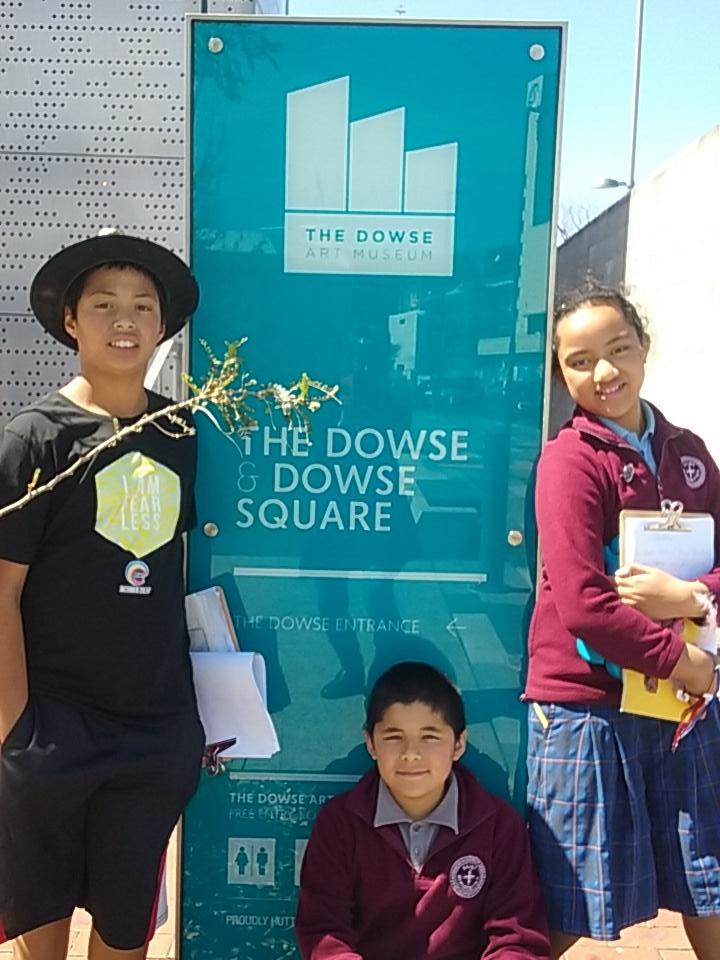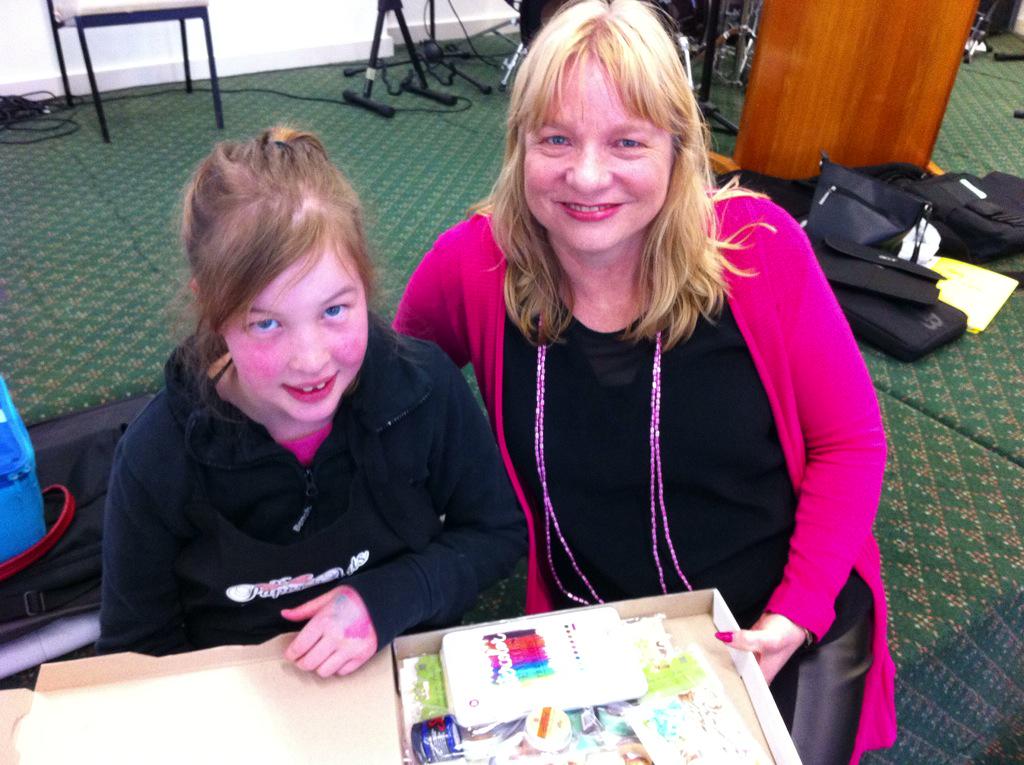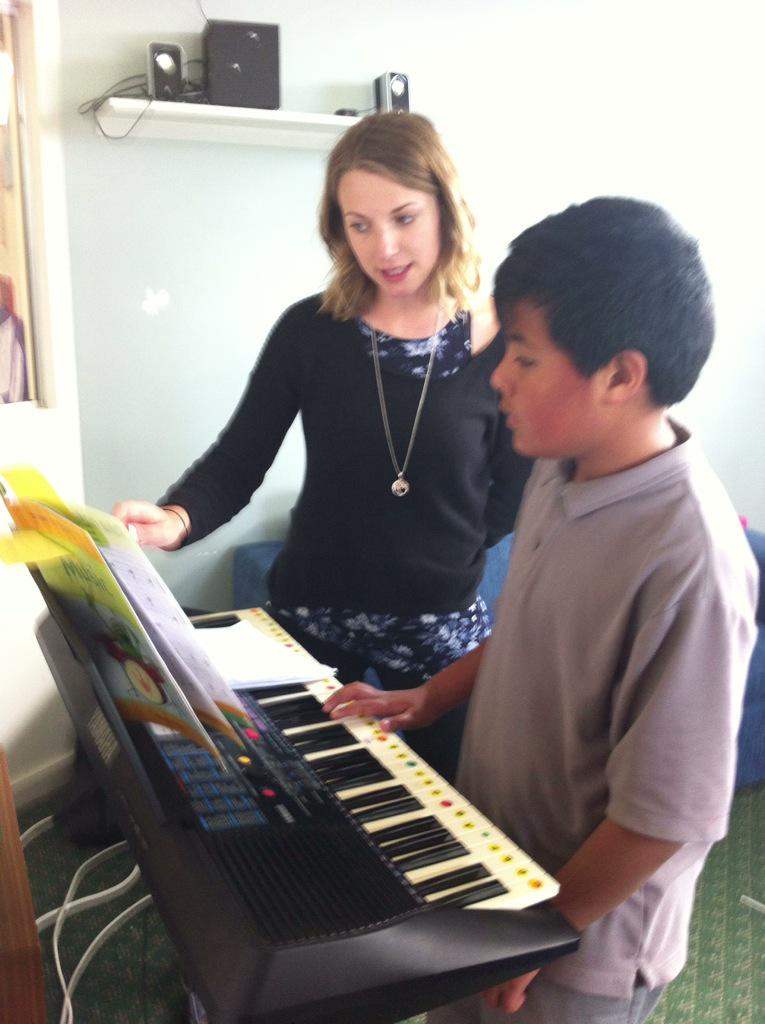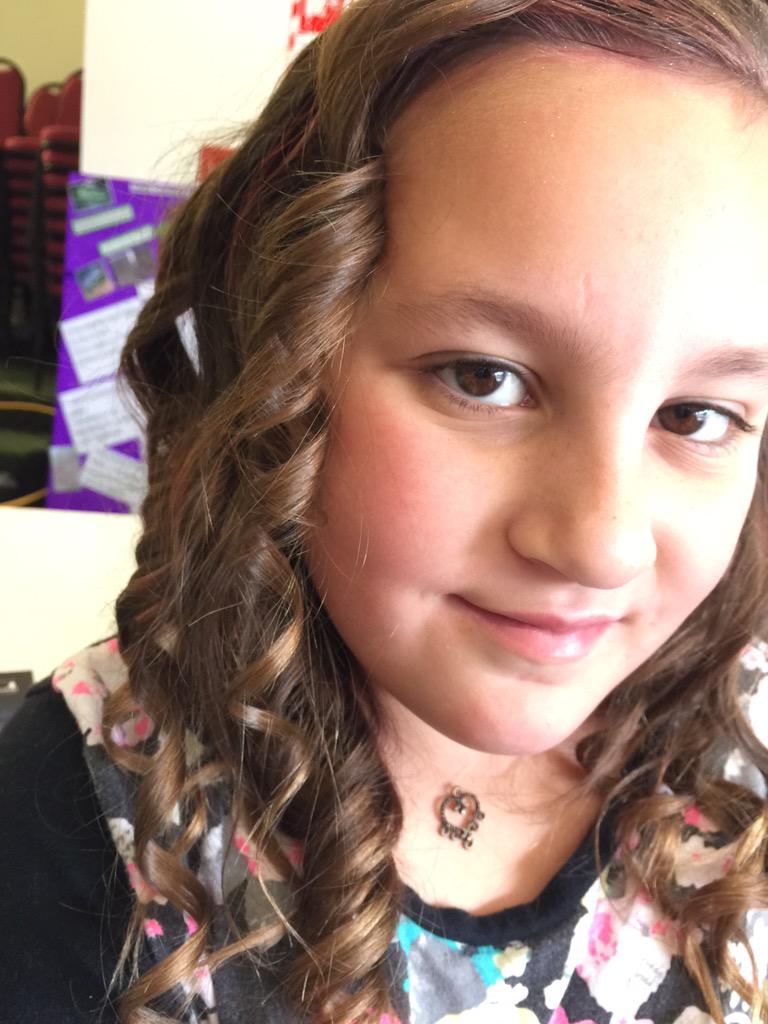International Akoranga o Naenae...
Thinking back to when I arrived in New Zealand 7 months ago, education was the last thing on my mind. Having taught for nearly 16 years in the same school, my sole focus was to find my two children a fabulous school for 12 months, and luckily, have a year to myself! I was off the education treadmill as it had become, a time to refresh and recharge and hopefully find the original passion I used to feel for teaching. As the weeks went on and my kids came home with numerous stories about how different their school, classmates and teachers were, I became intrigued: What was so different? My shy, reserved children had settled really quickly and were highly motivated about their learning.
I inquired about volunteering to get a taste of Kiwi education and met Kelly Layton who, over a cup of tea, gave me a quick overview of Akoranga o Naenae; even the name of the school had me fascinated. So I turned up that first Friday expecting to help out in a regular class. Instead I was thrown into something completely different! I had so many questions: how could one whole day (20% of a child’s week) be devoted to learning about one thing? What about accountability? How would they measure the impact of their teaching? What about literacy and numeracy?
My first visit was really scary, but exciting. I hadn’t taught or been in a school for months and this wasn’t the environment I was used to! ‘Active Learning’ – I knew all about that didn’t I? I had been planning lessons for years encouraging my students to be active learners. I quickly realised I had a lot to learn! Google Drive, Infinity Learning Maps – I hadn’t used any of these tools before. Bring it on!

After a few hours observing the students and the slick collaboration of the team, I just thought WOW! Lots of thoughts and ideas were running through my brain. I had been inspired beyond words, which hadn’t happened in a long time. What Kelly, Clare and Natasha were doing was truly incredible. They totally believed in their school and approached it with so much positive energy that I couldn’t wait for the next week!
I’ve now been volunteering every Friday for months and have experienced both rounds of AoN. I have seen the teachers reflect on their own practice and evolve their programme for round 2 with Kerry now part of the team; I have seen how much more confident they are second time around and how much quicker the children seem to lead their own learning. I have learned so much…. about myself, my teaching, even the way I act around my own children.

Although I knew what Active Learning was and hoped my lessons were active, having it broken down into the 6 traits and their success criteria was totally enlightening. I was good at questioning my students, I gave them learning intentions, teased success criteria from them, helped them reflect on their learning, my lessons were fun but I still had some lethargic, unmotivated kids. Then it hit me… I still controlled the content, the pace and how challenging it was. The children at AoN were really motivated and engaged – why? THEY had a choice and they made the decisions. They knew the success criteria and were able to lead their project in their own time and way.
As with a lot of teachers I like control; I like things to be organised and I have an almost compulsive desire to be in ‘the driving seat’. I now understand how detrimental that can be. It’s all about balance. As a teacher it’s about giving them a purpose to their learning; making life connections in every lesson and providing them with the skills of ‘how’ to learn, make decisions and solve problems!
An important lesson I have learned is to focus on the journey, how they’ve got there is more important than using the product as an indicator of their success. They use questions to connect their learning. What do they already know? How can they connect this learning to other contexts? Link the purpose of the other things they’ve learned and reflect, reflect, reflect. The team continually refer to themselves as learners, continually making links to the traits and showing the students how they reflect and make connections. Reiterating the ‘common language’.
Creativity and the use of technology features hugely in their day. I liked how the planning for the next week was emailed to the students giving them opportunity to prepare and be focused. Nothing was a surprise. I noticed as the weeks went on more children seemed to access and view the daily planning. Was attending AoN changing behaviours?

The students are encouraged to use their IT skills to develop their project, whether exploring the web, emailing, blogging or creating a slide show. They are given the freedom and TIME to use technology for independent inquiry. I started to see the connections between different areas of learning, the interdisciplinary links; communication on the telephone, spelling, grammar and punctuation in emails inviting or thanking people, organising times to visit experts. I loved how the day was split up and planned, and breaking from the traditional method of time slots took away any barriers. Using alliterative words, Activate, Action, Analyse and Afterwards made it easy for the students to remember and summed up exactly what being achieved!
Okay… with all thoughts of having a year away from education, I am more inspired than ever to get back into the classroom. I am really curious to see how this approach would work in a Scottish primary school and how I would go about implementing it.
Involving learners in their own learning seems pretty straightforward and is at the heart of Scottish Education and our ‘Journey to Excellence’. HMiE declares that a school will be rated excellent, where among many things -
their learners have choices
can demonstrate links with previous learning
solve problems
question
show perseverance
can use their learning out of the classroom
are supported in their reflection
are leaders in their own learning
Isn’t this exactly what AoN is all about? Where the teachers are role models reflecting on their own practice AND feedback from their students about how successful their lessons have been.
I am really excited to share this experience with my colleagues and our cluster network of schools and hopefully start identifying children who would really benefit from an AoN type approach, being able to make their own choices and control their learning, but with a guided framework. Letting them explore their passions and possibly finding some experts we didn’t know about!

Reflecting on my own classroom practice has made me think, I need to
· give more ownership of learning to my students
· make learning more challenging
· including more creative and investigative opportunities
· give the students the freedom to use technology to learn
· make sure I fully demonstrate links with other areas of the curriculum
· think about the questioning of my students and how this will lead to their own inquiry
· give lots of time for reflection and not just use it as a plenary tool
· allow my students some time to decide what and how they want to learn, but with responsibility of how they will demonstrate it
· use my community more, tap into all the experts we are sure to have around our school and surrounding area, teachers don’t know everything!
Clearly there will be barriers, but I am an active learner and I will show resilience. I’ll let you know how it goes!!
 As a network, community engagement in learning is an area we all recognised as important for many reasons. Hence, it has been one of our change priority areas since we were an LCN.
As a network, community engagement in learning is an area we all recognised as important for many reasons. Hence, it has been one of our change priority areas since we were an LCN.  Akoranga o Naenae has been a success for engaging with our community at local, national and global levels. The biggest differences for us were 1) the varieties of experts that students connected with, 2) That students did most of the organising (finding experts and places, organising permissions, notices etc) and 3) the ways our learners connected with experts and places (social media, visiting people and places, email). It was a real lesson in resilience and creativity to firstly identify experts and places. Then contact them. Then work out what to do if people didn't reply (still waiting on Jehn Cena and Taylor Swift among others).
Akoranga o Naenae has been a success for engaging with our community at local, national and global levels. The biggest differences for us were 1) the varieties of experts that students connected with, 2) That students did most of the organising (finding experts and places, organising permissions, notices etc) and 3) the ways our learners connected with experts and places (social media, visiting people and places, email). It was a real lesson in resilience and creativity to firstly identify experts and places. Then contact them. Then work out what to do if people didn't reply (still waiting on Jehn Cena and Taylor Swift among others). 














